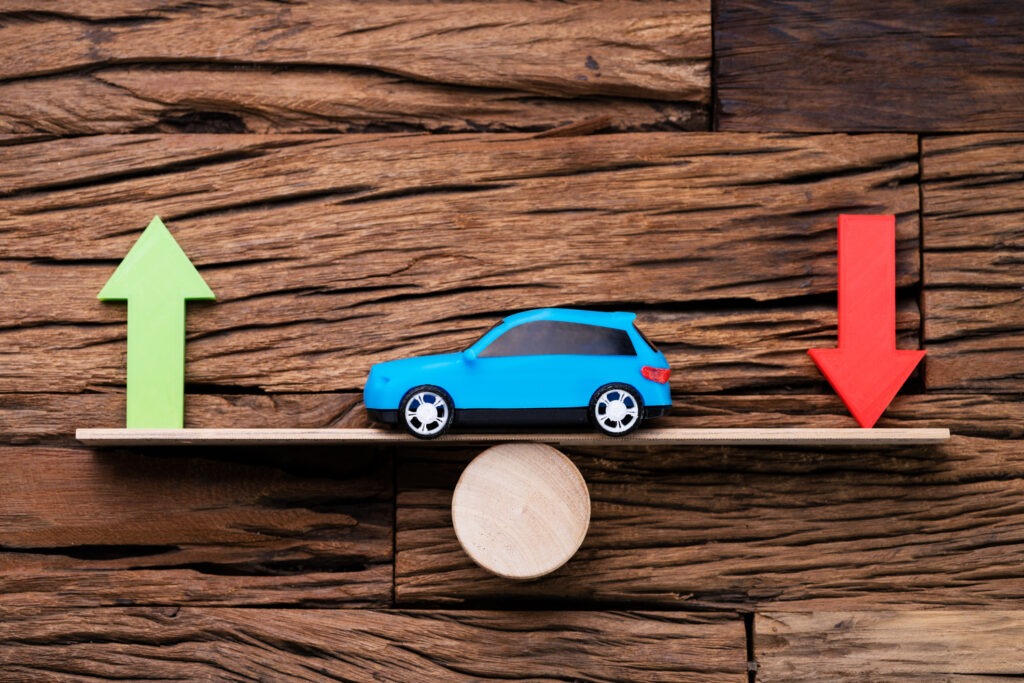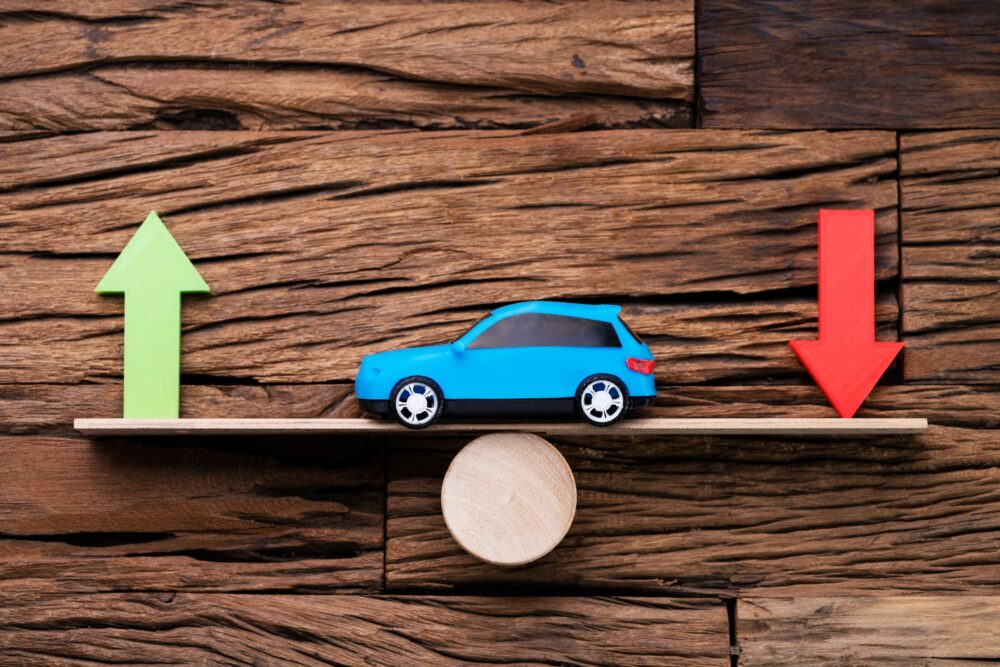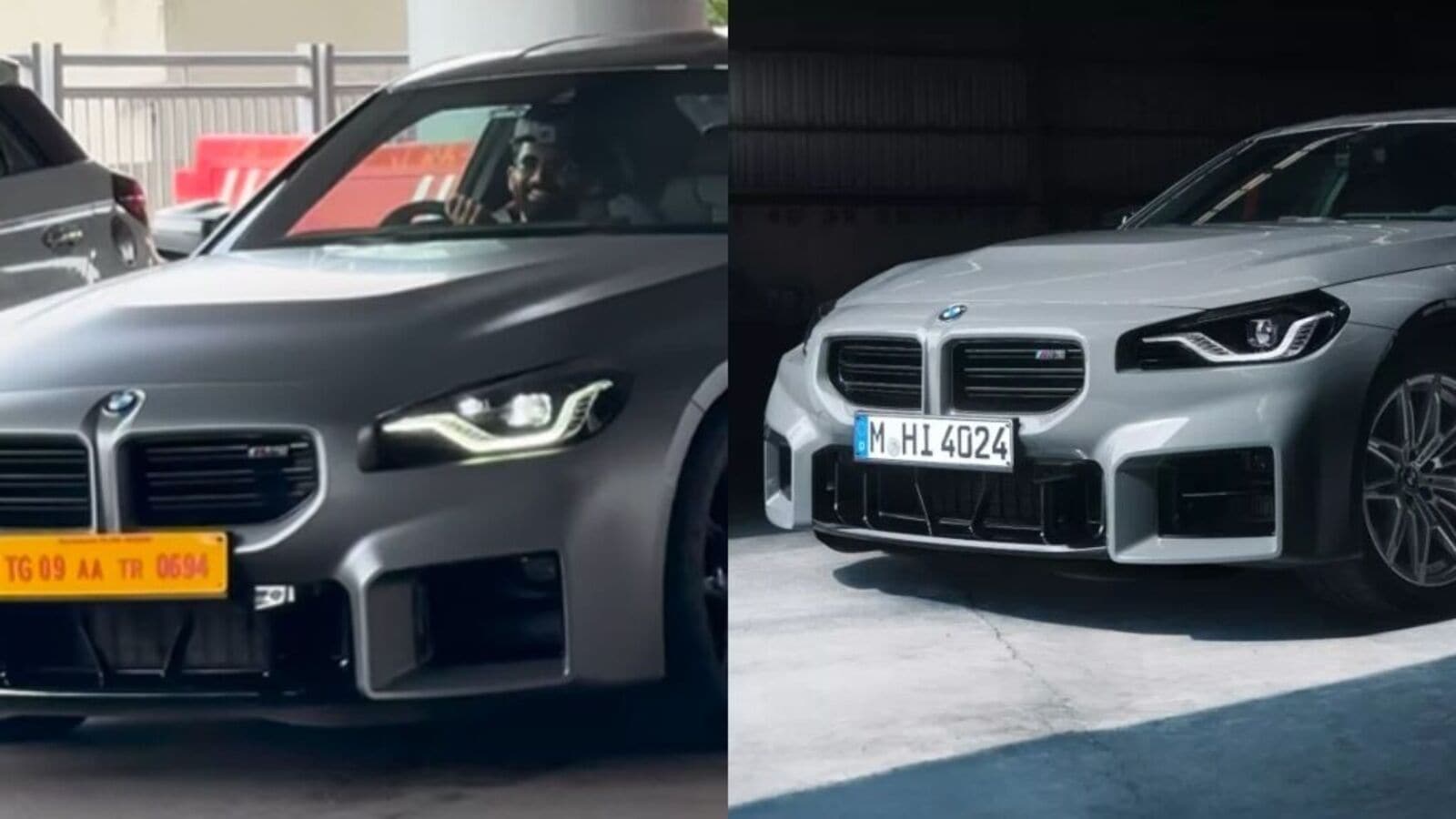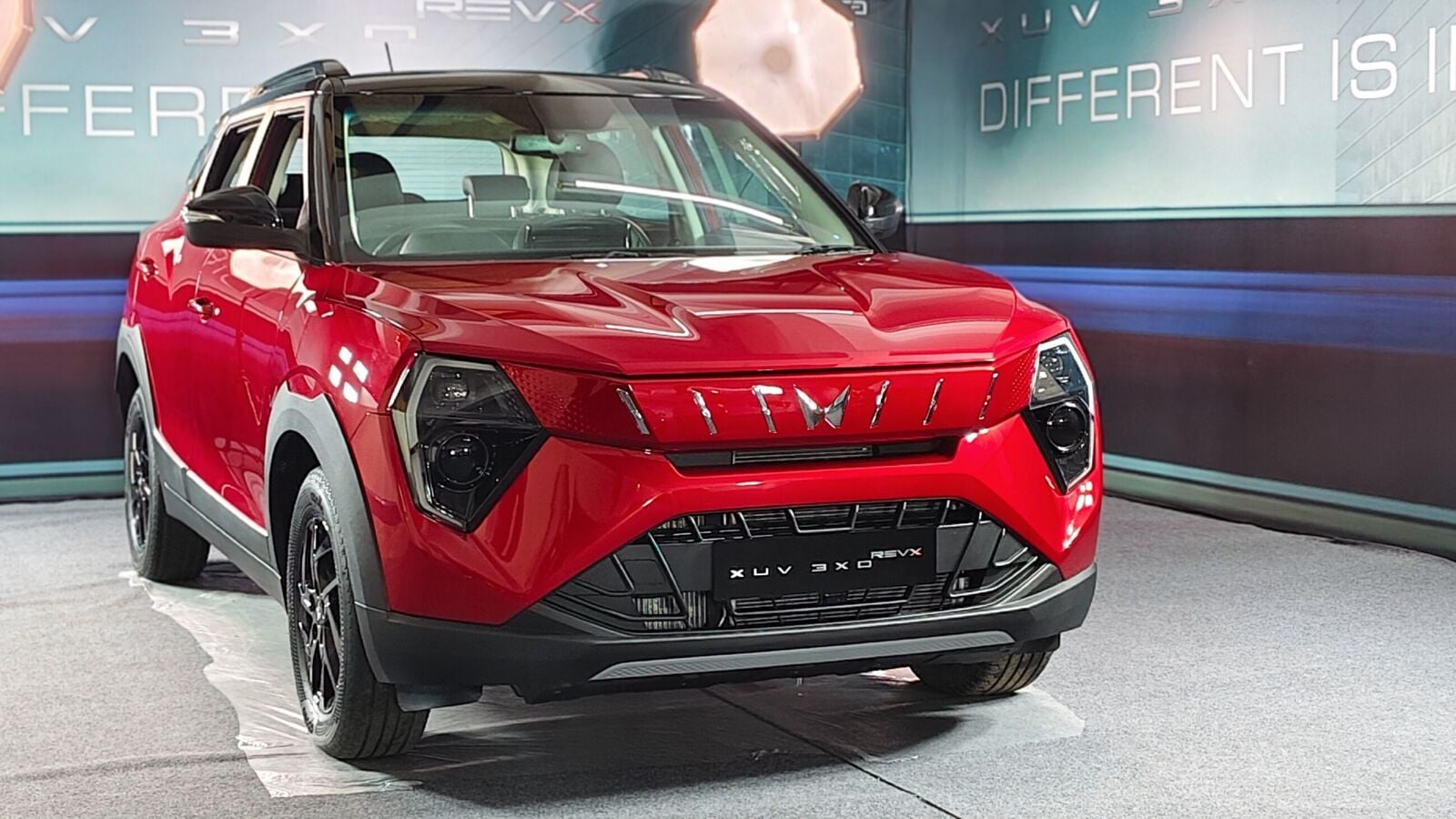14 August 2025

Vehicle depreciation affects every part of the automotive industry, providing clarity on profitability and financial risk. But how can this be used to benefit both companies and consumers? Tom Hooker, Autovista24 journalist, explains.
From manufacturers planning models, to customers collecting a car, and businesses devising fleet strategies, depreciation is central to understanding value. It means buyers and sellers can get to grips with how much money a vehicle may lose.
How is it calculated, where does it tie into residual values (RVs), and what makes depreciation such a crucial topic?
Understanding depreciation
Depreciation is the amount of value a car loses over time. This can be calculated by subtracting the absolute RV from the new list price. The absolute RV represents the car’s monetary value after a defined time and mileage.
For example, a car may cost €40,000 brand new. After three years and 60,000km it might see an absolute RV of €18,000. This means a depreciation rate of €22,000, or 55% of its list price.
Importantly, the rate of a car’s depreciation is not linear. Cars lose value more rapidly in the years following registration. This rate of decline then slows over time.
However, depreciation is not the same for all cars. Factors such as age, mileage, powertrain, competitors, condition, design, service history, reliability, warranty length, fuel economy, owners, and volume can all affect depreciation.
Understanding depreciation is beneficial for sellers and buyers. Sellers can better calculate financial risks. Fleet, leasing, and finance companies can decode the biggest points of depreciation and try to minimise their losses.
Meanwhile, buyers who focus on cars with lower depreciation rates will take on less financial risk. This can mean getting more money back at the point of resale.
Mainstream versus premium
For example, comparing two compact crossover SUVs, one premium and the other mainstream, reveals the different rates of depreciation.
The exemplar premium model has a list price of €55,900. After two years and 40,000km, it holds on to 58.4% of its list price, or €32,650 in absolute terms. Meanwhile, the mainstream model has a much lower list price of €43,050. However, it also retains less value at 49.8% or €21,450.
While the premium model loses €23,250 after two years, the mainstream model loses €21,600. So, even with the premium car’s higher percentage and absolute RVs, its depreciation is still comparatively higher.
However, if the mainstream model had a worse rate of value retention, it could indicate a desirability issue.
How is depreciation used?
Carmakers can compare the depreciation of one of their more luxurious models to a compact car or a direct competitor. However, this does not provide the full picture, as the two vehicles may have vastly different production costs.
Understanding depreciation is also vital for fleet and leasing companies. It helps these businesses compose their fleets, with lower levels of depreciation meaning less loss.
Finance companies and banks also use this metric. With accurate depreciation forecasts enabling risk and price assessment, they can manage interest rates and risk premiums accordingly.
In summary, depreciation is the counterpart to residual values. It gives another lens into used-car performance, depending on the strategic focus of the company or individual.





